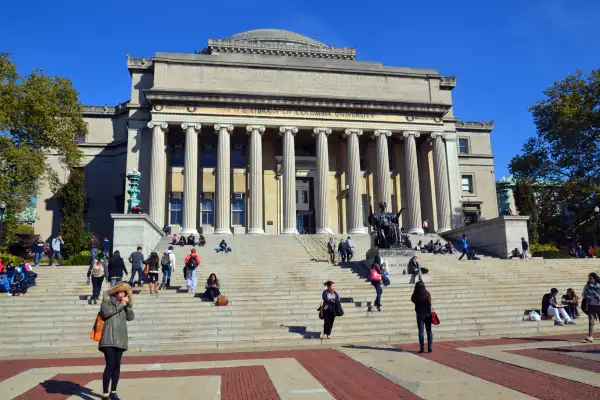Interest Rates on Federal Student Loans Are Set to Increase This Fall

Interest rates on federal student loans are set to rise nearly a full percentage point later this year, increasing the price of borrowing to pay for college for current and incoming students.
The new rates, which are based on the results of a Treasury auction Wednesday, apply only to loans issued for the upcoming 2021-2022 academic year. Undergraduate student loans will carry a rate of 3.73%, up from 2.75% this year. Graduate students have two types of loan they can use: unsubsidized direct loans, which will carry an interest rate of 5.28%, compared to 4.30% this year, and PLUS loans, which will rise to 6.28%, from 5.30%. Parents borrowing for their kids' college costs will also pay 6.28%. The new interest rates go into effect on July 1.
The increase isn't necessarily a surprise, given that rates for the current academic year marked a historic low and that borrowing costs are rising across the board in the face of fears about inflation. Still, the higher rates on federal loans mean borrowers next year will likely pay hundreds of dollars more in interest over the life of their loan.
Interest rates of federal student loans have been tied to the rate on the 10-year Treasury note since 2013, when Congress decided to have interest rates reset every year based on market conditions.
Federal student loan interest rates are fixed for the life of the loan, meaning borrowers who take out loans next year will continue to pay the new, higher rates for years to come. Students typically take out new loans each year they're in school, so it's not uncommon for a bachelor's degree recipient to have four (or more) different loans with different interest rates at graduation. For an upperclassman who borrows the annual maximum of $7,500 next year and pays off their debt 10 years after leaving school, the higher rates will increase their total amount paid over the life of the $7,500 loan by more than $400, compared to the rates this year.
Despite the rising rates this year, it's important to note that interest rates on federal loans, especially undergraduate loans, are still relatively low, both compared to previous federal rates and to rates available on the private market.
Fixed interest rates on federal student loans, for example, climbed as high as 6.80% for undergraduates in 2007, and they were at 5.05% in 2018. In fact, in the past 15 years, they've only dropped below 4% four times, including the current year. While current fixed rates on private student loans also start around 4%, only the most desirable applicants — those who have co-signers with a comfortable income, steady borrowing history, and a high credit score — get those rates. Others can pay above 10% for private loans.
More from Money:
Wall Street Is Worrying About Inflation Again. Should You?
Why You Need to Start Preparing Now for the Return of Student Loan Payments This Fall
Student Loan Strategies: How to Borrow Smartly (and Maybe, Less) for College
